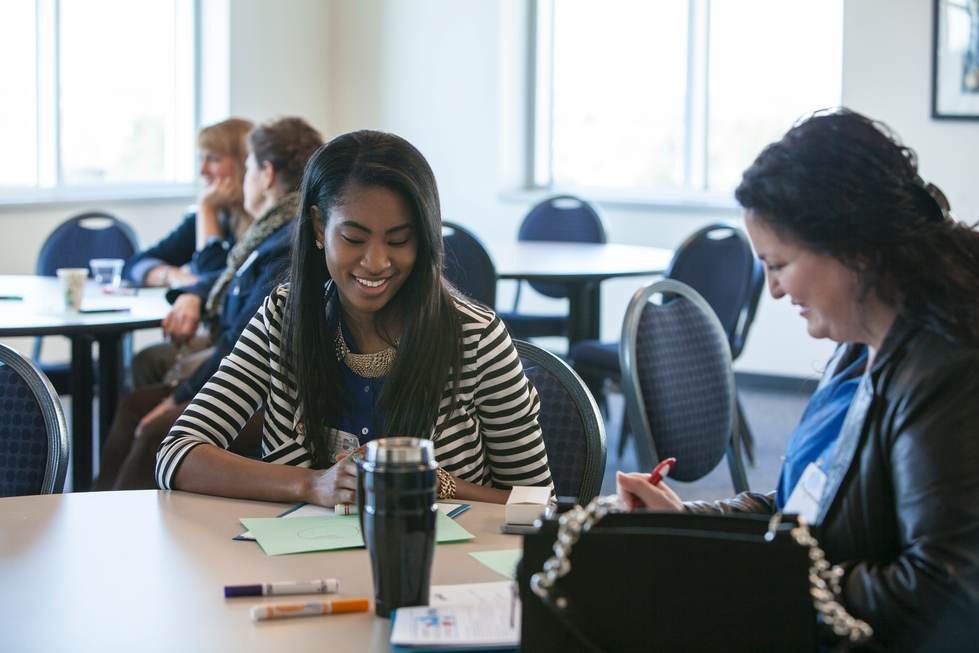Faculty builds relationships, supports first-time students through new program

Courtesy/ Gvsu.edu
Nov 5, 2018
According to data presented by College Factual, the nationwide college freshman retention rate is approximately 72 percent. US News reports that Grand Valley State University’s retention rate — which they consider to be “an indicator of student satisfaction” — is currently at 84 percent. While this number is higher than the national average, GVSU officials are continuing to work on improving these rates through the recent implementation of the Student Success Network Program.
Largely overseen by Director of Faculty Initiatives for Student Success Brian Hatzel, this program groups first-time college students with a faculty partner and an upperclassmen student partner. The Student Success Network Program seeks to facilitate interaction between students and faculty members in order to provide students with resources and help them feel more connected to the university.
“Literature tells us that faculty interaction with students is some of the most important interactions (for students during college),” Hatzel said. “I think one of the biggest reasons why students would want to transfer or feel unhappy at their university is that they don’t feel connected to the institution. I think students really value feeling connected to faculty, and this program has the explicit intent to have faculty partners across the board.”
This year, approximately 1600 first-time college students and 34 faculty members are involved, with 20 to 80 students in each network group. Groups were randomly selected on the Friday session of Transition Week in August and student partners were selected from their involvement as an orientation or transitions leader.
Each network group has different opportunities for involved students. For instance, some faculty partners organized group trips to ArtPrize in downtown Grand Rapids, or hiking on the ravine trails to get to know one another. However, in addition to physical meetings, faculty partners often send out emails or Blackboard announcements to their groups with advice for study habits and ways to deal with homesickness and stress.
“We recognize that students can get uncomfortable talking to faculty, so we provide emails and other media resources to help them succeed even if they don’t come to the program,” Hatzel said.
Hatzel said that no specific activities have been scheduled for the Student Success Network groups next semester. However, there will be more faculty training as well as a debrief with faculty partners in December to discuss how they feel the groups are working. Plans will be made from there. Evidence of changes in freshman-to-sophomore year retention will not be visible until GVSU enrollment numbers are available next fall.
While Hatzel said that he recognizes that obtaining a retention rate of 100 percent is not realistic, he said that he is “charged to get it as high as I can.”
Hatzel, who serves as a faculty partner for a group of 66 students, said he was excited to be involved with this initiative.
“I wanted to be involved in work that would benefit students outside of the classroom,” Hatzel said. “I was a first generation college student and I learned some lessons in a challenging way, and I hope to pass those on. I encourage students to reach out and connect with their partners. Some are, many aren’t. I advise them to take advantage of the faculty that are there to support them.”






















